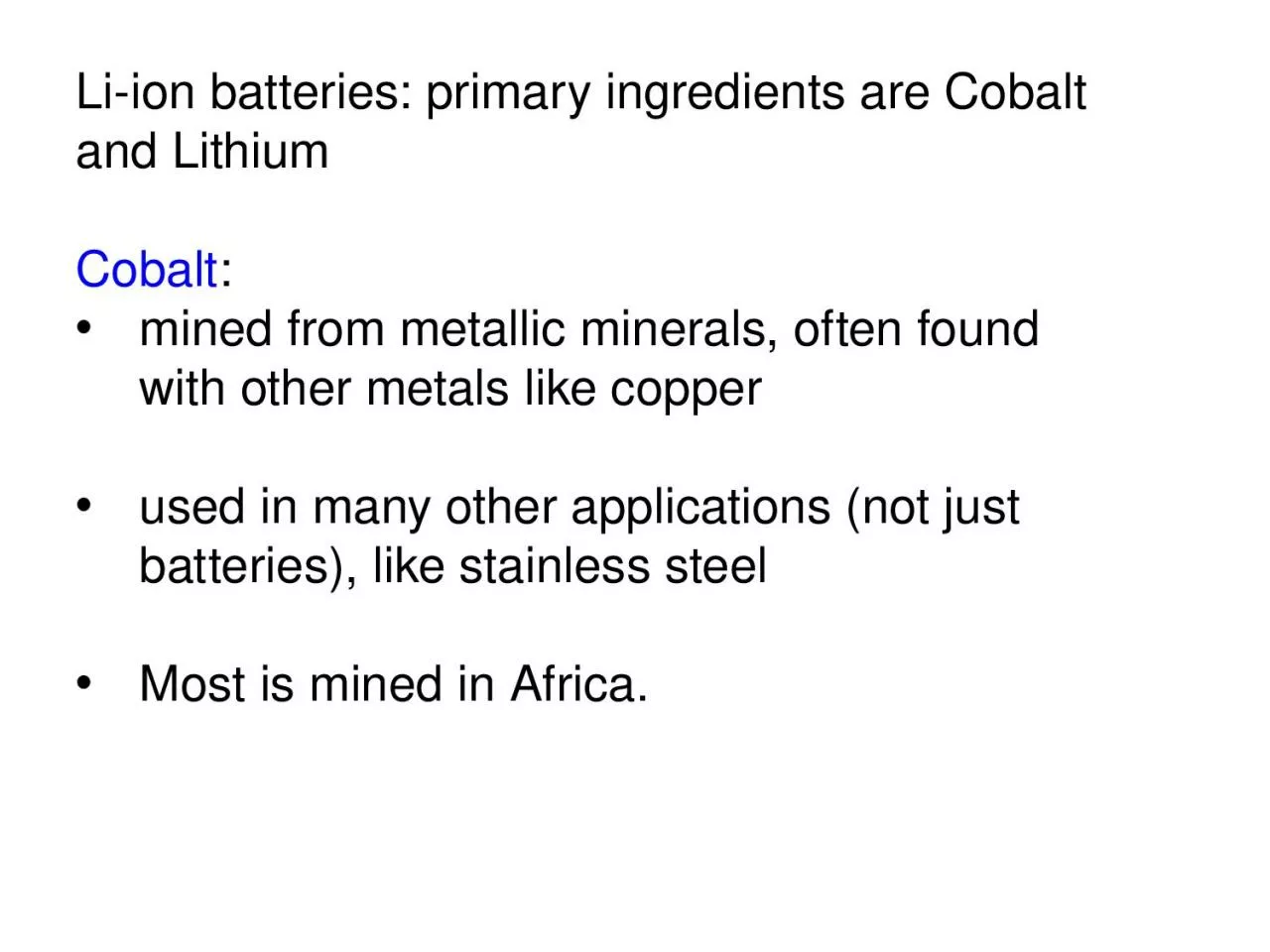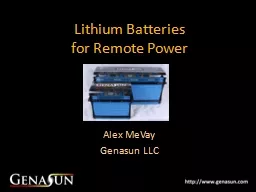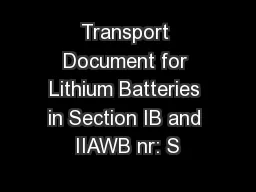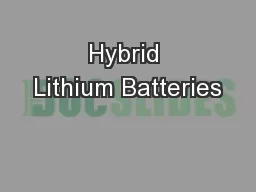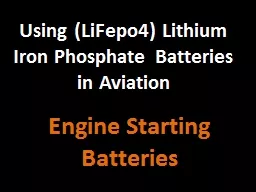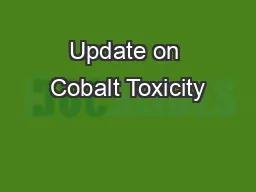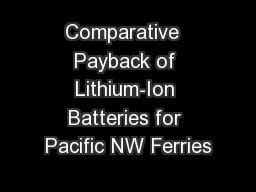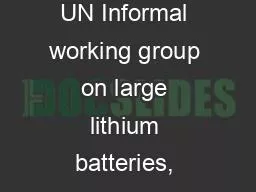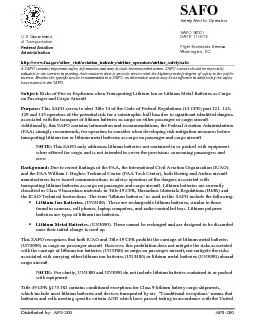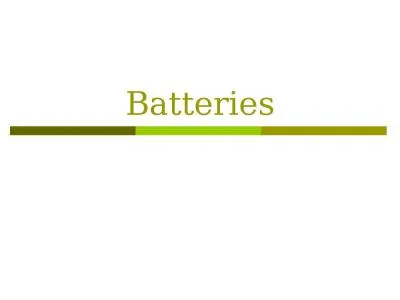PPT-Li-ion batteries: primary ingredients are Cobalt and Lithium
Author : Princecharming | Published Date : 2022-07-27
Cobalt mined from metallic minerals often found with other metals like copper used in many other applications not just batteries like stainless steel M ost is
Presentation Embed Code
Download Presentation
Download Presentation The PPT/PDF document "Li-ion batteries: primary ingredients ..." is the property of its rightful owner. Permission is granted to download and print the materials on this website for personal, non-commercial use only, and to display it on your personal computer provided you do not modify the materials and that you retain all copyright notices contained in the materials. By downloading content from our website, you accept the terms of this agreement.
Li-ion batteries: primary ingredients are Cobalt and Lithium: Transcript
Download Rules Of Document
"Li-ion batteries: primary ingredients are Cobalt and Lithium"The content belongs to its owner. You may download and print it for personal use, without modification, and keep all copyright notices. By downloading, you agree to these terms.
Related Documents

